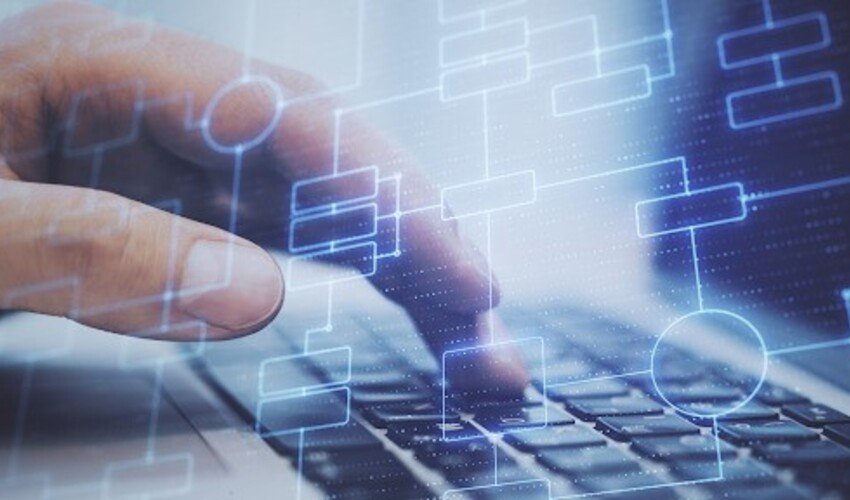Many maintenance teams struggle to stay engaged with routine preventive tasks. Checklists and schedules, while essential, often feel repetitive and uninspiring. Over time, this disengagement causes missed inspections, rising costs, and increased downtime that hurt productivity. Gamification offers a proven way to turn routine maintenance into a source of motivation and pride.
By integrating elements like real-time progress tracking, achievement badges, and friendly competition, organizations create an environment where employees feel recognized and inspired. Gamifying preventive maintenance not only elevates individual performance but also strengthens team cohesion and accountability. When employees enjoy their work, everyone benefits from better outcomes.
Recognizing the Challenge of Low Engagement in Maintenance Routines
Technicians frequently view preventive maintenance as monotonous, which can erode their motivation to complete tasks accurately and on time. Overdependence on repetitive processes reduces curiosity and limits personal growth.
Without clear incentives or recognition, employees often feel their efforts go unnoticed, resulting in more delays and reactive repairs.
Gamification in maintenance counters this by transforming each task into a meaningful milestone. When paired with preventive maintenance software, these gamified elements become even more effective by tracking progress automatically and highlighting achievements in real time. Instead of seeing work as a checklist to survive, technicians start to feel part of a shared mission to improve performance and reliability. This mindset shift is the first step toward sustainable engagement and better results.
Core Elements of Gamification That Fit Maintenance Workflows
Gamifying preventive maintenance succeeds when it blends accountability with positive reinforcement. Features such as live dashboards displaying progress, badges awarded for consistent performance, and point systems tied to preventive maintenance incentives all create a dynamic experience.
These elements encourage employees to participate fully without compromising safety or quality. Unlike traditional incentives that only reward speed, gamification highlights accuracy and teamwork. When technicians see their accomplishments in real time, they feel more invested in their role. This visibility fosters a sense of ownership and pride that can transform even routine maintenance into a rewarding part of the workday.
Designing Challenges to Promote Consistency and Skill Development
Carefully designed challenges help employees develop new skills while staying focused on consistent performance. For example, tiered milestones can recognize technicians who complete scheduled inspections on time, document processes accurately, or share knowledge with peers.
These challenges make growth feel attainable rather than overwhelming. By reinforcing small wins and celebrating progress, organizations can sustain motivation without creating unnecessary pressure. Friendly competition among team members strengthens collaboration instead of rivalry when everyone understands that shared success matters.
Over time, this approach builds a culture where learning and accountability thrive together, driving improvements across every level of maintenance work.
Integrating Gamification into Existing CMMS and Digital Platforms
Many CMMS platforms now feature built-in gamification tools that integrate seamlessly with existing workflows. Teams can activate progress dashboards, assign badges for completed tasks, and track points within the same software they already use.
This integration ensures that gamification does not disrupt established processes or create confusion. Instead, it adds a layer of recognition and engagement that feels natural. For example, technicians may earn points for each inspection they complete, with progress automatically displayed in their dashboards. Over time, this visibility encourages employees to stay consistent and reinforces the value of preventive maintenance as part of daily operations.
Recognizing and Rewarding Success in Meaningful Ways
Recognition remains essential for sustaining motivation and reinforcing good habits. While digital badges and points create instant feedback, real-world rewards offer lasting impact. Certificates, extra time off, and visible acknowledgments in company communications show employees that their work matters.
Public appreciation boosts morale and strengthens team identity by highlighting shared accomplishments. When managers take time to thank individuals personally, it reinforces a culture of respect and appreciation.
Combining virtual incentives with tangible rewards keeps engagement high over the long term. This balanced approach ensures technicians remain motivated to maintain high standards and embrace continuous improvement across the organization.
Measuring the Impact of Gamification on Maintenance Outcomes
Tracking the success of gamification efforts requires clear metrics tied to business goals. Organizations can measure improvements through reduced overdue work orders, fewer emergency repairs, and increased asset uptime.
Employee satisfaction surveys also reveal how engagement has changed over time. Regular performance reviews and feedback loops help refine gamification strategies to fit evolving needs.
By comparing baseline performance data to new results, leaders can demonstrate return on investment and justify continued support for gamified programs. When employees see that their efforts contribute to measurable gains, they feel validated, which reinforces their commitment to maintaining high standards every day.
Overcoming Common Challenges When Rolling Out Gamification
Some leaders worry that gamification may create unhealthy competition or distract employees from safety and compliance. These challenges can be overcome by designing programs that reward collaboration and set clear expectations. For example, teams can earn points together for completing shared goals, while safety and accuracy remain prerequisites for recognition.
Regular training ensures everyone understands the purpose of gamification and feels comfortable participating. Managers should monitor progress closely and adjust incentives if they notice unintended consequences.
When implemented thoughtfully, gamification strengthens teamwork rather than undermining it, creating an environment where employees feel supported, valued, and eager to contribute.
Conclusion
Gamification has the power to transform preventive maintenance from a routine chore into a motivating and rewarding experience. By combining real-time progress tracking, meaningful recognition, and friendly competition, organizations foster a culture where employees feel proud of their contributions.
Gamifying preventive maintenance drives higher engagement, better performance, and stronger accountability, all while improving equipment reliability and reducing costs. When employees see that their efforts matter and that progress is visible, they become more committed to excellence. As companies continue to invest in innovative ways to inspire teams, gamification will remain a powerful strategy for building lasting success in maintenance operations.
Frequently Asked Questions
Will gamification distract technicians from safety or compliance?
No. Effective gamification requires all tasks to meet safety and compliance standards before rewards are granted, maintaining high-quality performance.
How soon can we expect results from gamification?
Most organizations notice improvements in engagement and task completion within 60 to 90 days after implementation.
What tools support gamification in preventive maintenance?
Many CMMS platforms now offer built-in gamification modules, including dashboards, badges, and leaderboards to track performance and reinforce incentives.



